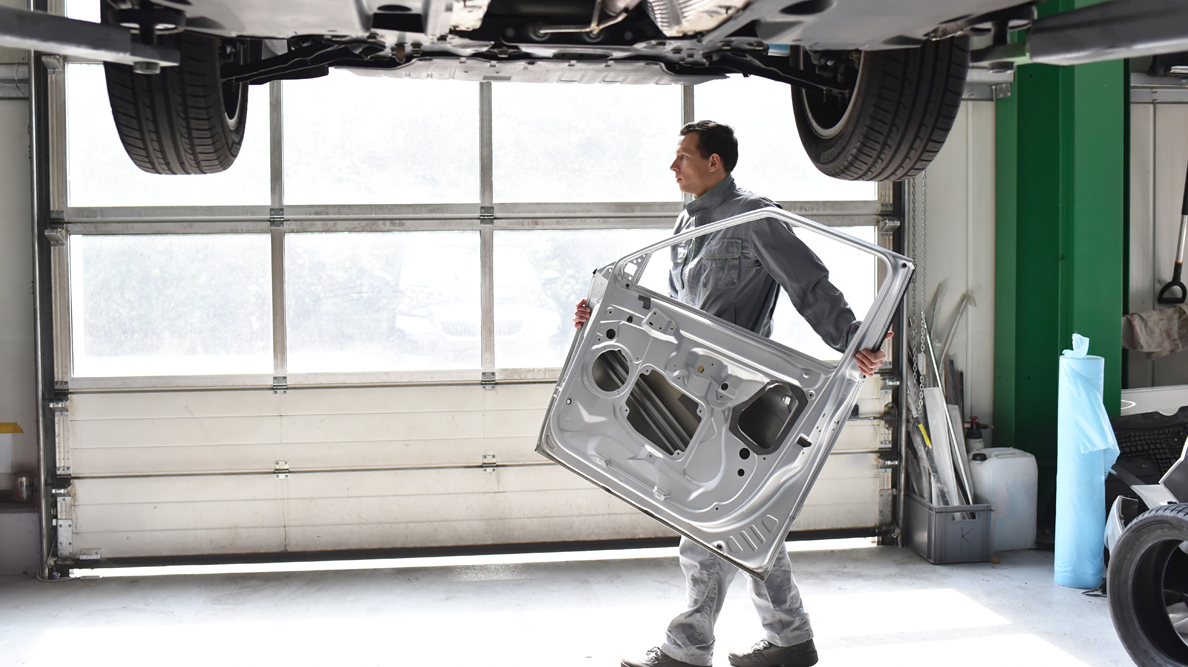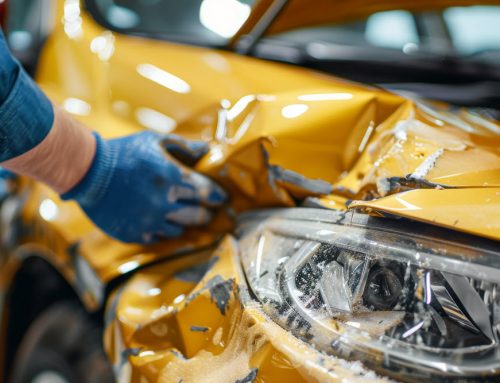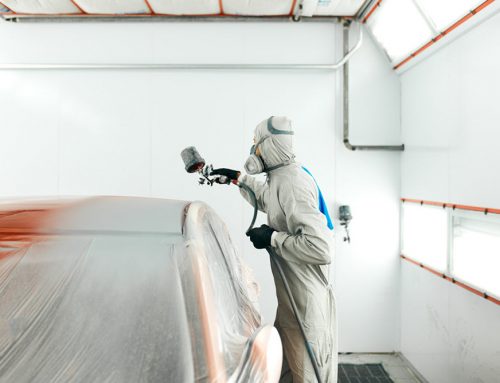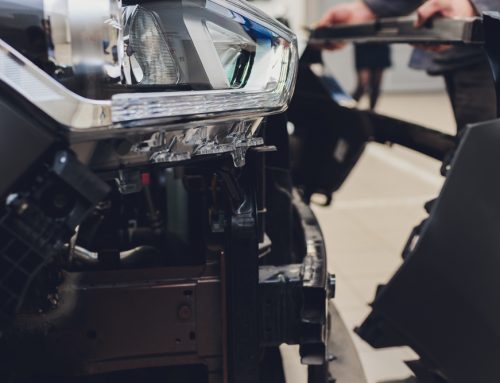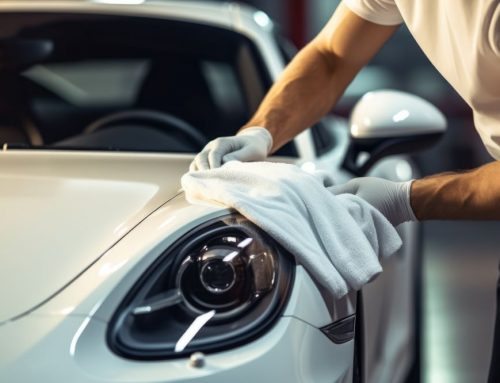Hello, this is Alex from Progi. Let’s continue our series of articles on how to avoid waste and reach new heights of productivity in collision shops.
Today, a topic that could make people react: unnecessary transportation in our collision shops. Yes, you read that right. This incessant to-ing and fro-ing of parts and vehicles may seem like nothing, but it’s a real drain on productivity and, let’s be honest, on profit.
First, consider the incessant ballet of parts. We move them from one processing step in the warehouse to another processing step. But wait, why not place these steps side by side? Makes sense, doesn’t it? Every unnecessary meter is wasted time, and we all know that time is money.
A little tip along the way, the mirror cart strategy is a good way to control this. The cart becomes the unique counter for the repair to come.
There is also the case of damaged vehicles being carried from one corner of the shop to another. Almost like a folk dance, but one that starts to cost a lot of money! This excessive movement not only extends repair times, but also increases the risk of error and further damage.
Second tip: optimally, we want to pick up the car, take it to its bay, complete the repair and put it back in the parking lot for delivery to the customer. In the worst-case scenario, we have to move it to work with a third party for alignment or mechanics. The aim is to keep the car where it is. Note that any interruption in production will work against this. So you have to order your parts properly, and for that you need an excellent appraisal, as stated in our golden and platinum rules. A good example is in winter, when you clear the snow off the car once, put it back outside, then clear it again, or even worse, have to shovel around the car to get it moving.
So how to fix this problem? Here are a few hints:
Shop planning and layout: Optimize your collision shop layout. Think logic and workflow.
Strategic storage: Store parts where they will be used. A little organization can save a lot of steps.
Team training: Make your team aware of the importance of reducing unnecessary moves. Sometimes a little awareness can go a long way.
In short, unnecessary transportation is the ugly duckling of collision shops waste. But with a little care and reorganization, you can turn this lame duck into a graceful swan of productivity.
Take the test and see who’s moving around unnecessarily and why. You might be surprised.
—
Author: Alexandre Rocheleau
Translation and editing: Krystel Henley-Rocheleau
